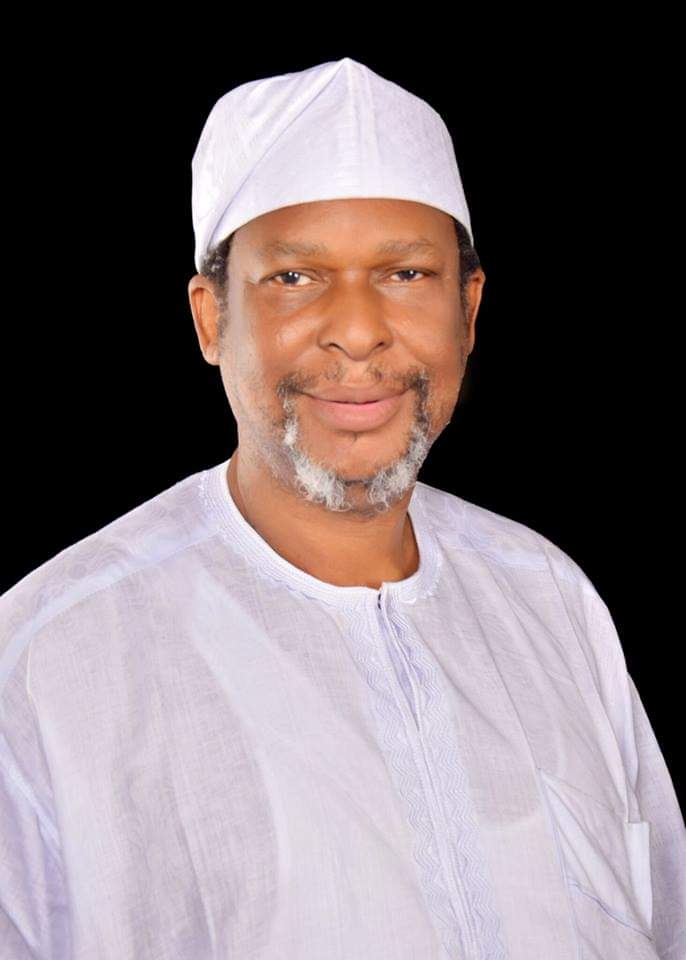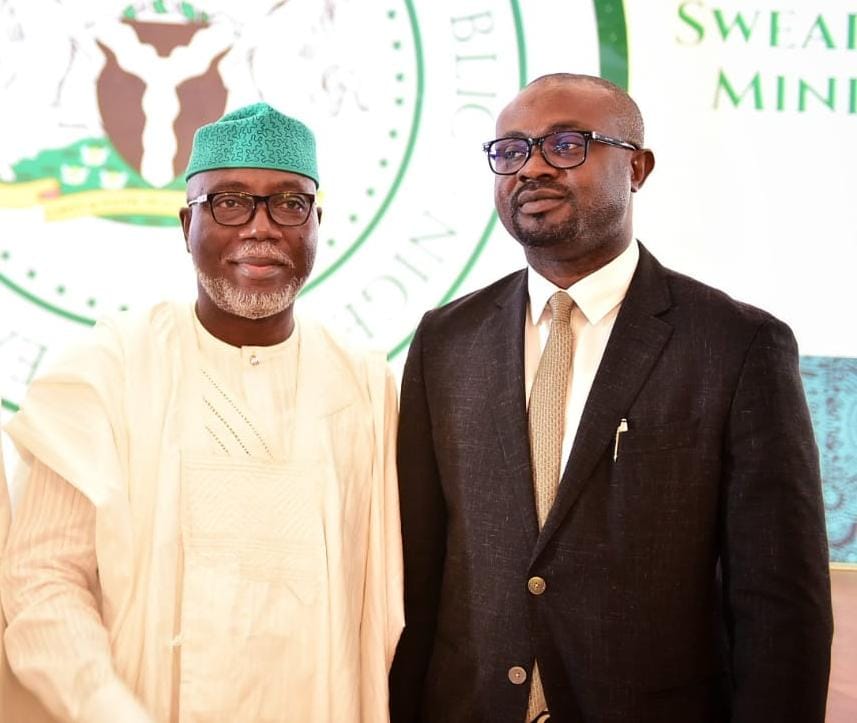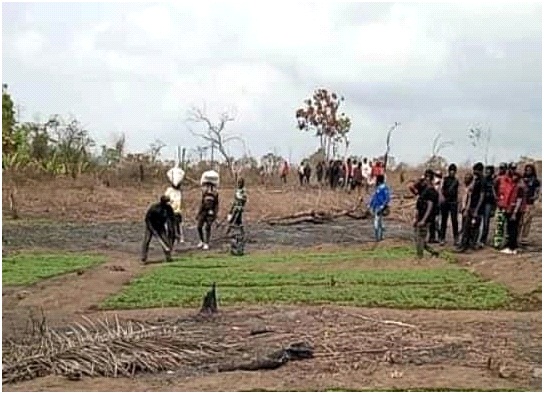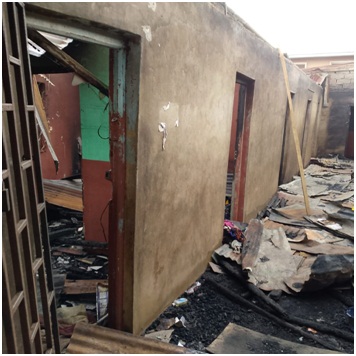Why museum’s antiquity should be protected
By Veronica Akingbo
|
Security is very important and forms one of the prime considerations in the administration of any good museum. Security is prevention while law enforcement is reaction. Therefore, museum security measures should be directed towards preventing loss of any kind and from any source.
Security in museums embraces the protection of the museum buildings, its premises, its properties, contents, the staff, visitors and their property. It includes, at the primary level, the care of the collection against theft, misappropriation, vandalism and environmental damage, fire, flood and other hazards. There is every possibility that in most of our museums security of objects in stores is taken for granted. Some storage areas are large and not regularly checked. They may be examined infrequently, and such potential threat to the collection as a leaking roof, air-conditioning failure, atmospheric pollutants and biological infestations, fire etc, could grow to considerable dimensions before being discovered.
For all these reasons, the general security of the collections takes on paramount importance in the security measures of any museum.
Museum security is a kind of art form in itself, a way to all at once create safety, accessibility and preventing miscreants from stealing objects. The art of museum security is no less profound than some of the masterpieces hanging in the space that needs protecting. To make works of art difficult to steal or damage while at the same time allowing a connection between the object and the viewer requires generous amounts of planning, some form of technology and a little ingenuity an effective security system has to be comprehensive. An protect the objects, the room and showcases and the museum as a whole.
An efficient intruder detection system may promptly identify an intrusion into a building and cause a message to be sent for the police to respond, but it provides no form of resistance to intruders. This can only be done by physical means, which can often defeat the intruder or at least buy time for the guards to respond either by calling the police or by taking necessary remedial measures. Physical defenses should form the cornerstone of museum security. The nature of the collection, its value, and its portability will influence the degree of protection provided, but the shell of the building must in all cases be of substantial construction. Brick, stone or concrete materials generally provide the best resistance to forcible attack. Openings in the shell (wall) such as doors, windows and roof lights must be reduced to the barest minimum. Those remaining should be strengthened to deter and delay entry.
Guards being so important in our situation need to have certain status and qualities: in the first instance, it is necessary for our museums to recognize the importance of guards in the total scheme of the museum and to make an effort to upgrade both their quality and their status from time to time. In the past, the importance of guards was overlooked. They were recruited from the ranks of the unskilled, unemployed and retired. They enjoyed little esteem and few opportunities for career advancement.
However, in recent years, we have witnessed a tremendous change in the status and qualities of our security staff. We now have University and Polytechnic graduates in the security network. Some have been trained at the Institute of Archaeology and Museum Studies, Jos in general museology and museography. In hiring guards, the museum should maintain strict recruitment standards. The guards should be physically fit and strong enough to withstand long hours of standing. They should have good use of their four limbs and their six senses (sight, sound, smell, touch or feeling, speech and taste). Their intelligence and education should be sufficient to enable them to understand the workings of the various alarm systems and to respond to these appropriately. In addition, they should be able to answer satisfactorily the basic questions of the visiting public. Candidates should be carefully screened as to evidence of criminal or social behavior and mental instability. Temperament and comportment is important. Guards should be able to act authoritatively in emergencies, they should be able to sustain their powers of observation through long hours of duty. They should be polite and courteous to the visiting public.
The primary duty of security staff is to ensure that the public, the museum staff and any outside viewers all adhere to certain fundamental rules of security to prevent theft, fire, damage and personal injury. The guards should feel that they are essentially responsible for the protection of the collections and people within their jurisdiction no matter what supplementary devices and sensors are being employed. The museum’s rules and regulations governing such security should be clearly stated, be enforceable and be published in compact-size form, which can be carried by the guards. In addition, they should be familiar with these rules. The security staff should know exactly what line of action to take in the event of any incident. In addition, they should be well trained in the proper procedures for evacuating the museum. They are responsible for preventing disorder in the museum. Maintaining security will involve inspecting the outside of the museum to check whether the windows and doors are properly locked. At closing time, the whole museum should be checked to ensure that everybody has left. The guards should also know what alarm systems are installed, how they operate and what to do in the case of an alarm. At closing time, the whole museum must be checked for any potential hazards and for people who have failed to leave. The guards are also responsible for putting into operations whatever mechanical and electrical control devices are being used. They should know what alarm systems are installed, how they operate, and what to do in the case of an alarm.
Museums should establish firm regulations about what the public can bring into the museum, and what the museum staff as well as the public could bring out. Guards at the entrances directing the visitors to where they can keep bags etc. brought into the museum will enforce such regulations. By means of passes and identification cards, guards must maintain entrance and exit control over vehicles and objects brought into and out of the museum by visitors. Guard should have access to all bags and briefcases, and control over all individuals visiting the staff offices, and other outside workers who are in the building. Senior staff security duty should be encouraged.
Whatever security measures are adopted by individual museums, the primary consideration should be the protection of objects from human, biological and environmental danger. Equally important is the protection of the museum buildings/premises, properties, the staff, the visitors and their properties. The successful integration of all these in our security network determines our professional outlook and success in securing the museum.










